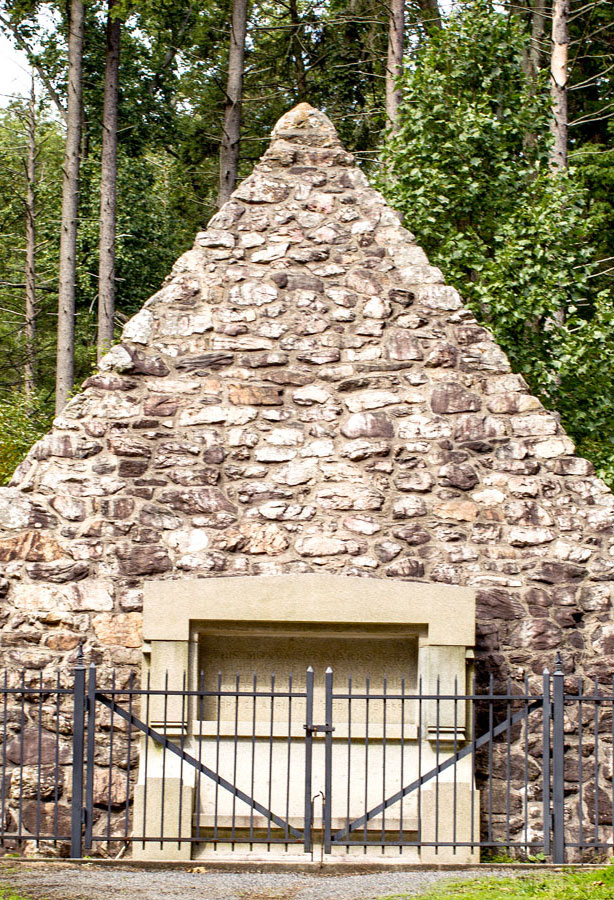As one of the most powerful people in the world, the President of the United States is a figure of fascination for many. Perhaps this is why so many seek out a visit to the various birthplaces of our nation’s 46 Presidents. Offering remarkable historical insights, they are places to honor, memorialize, and teach the public about the leaders who shaped the nation. From humble cabins to impressive estates, here are five presidential birthplaces that are well worth the visit.
George Washington Birthplace National Monument – Colonial Beach, Virginia
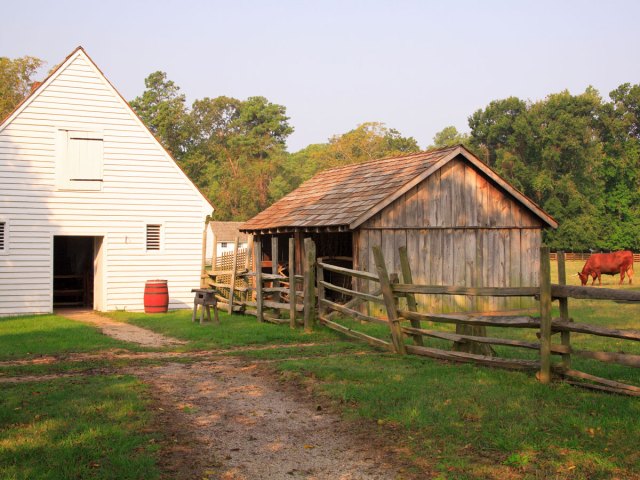
Located in the Northern Neck region of Virginia, this 550-acre park is where the nation’s first President was born in 1732. The former home of George Washington’s family for seven generations, the property — situated between the Potomac and Rappahannock Rivers — was turned into the George Washington Birthplace National Monument nearly 200 years after the first commander-in-chief was born.
Today, visitors can stop by the Memorial House Museum, access the Potomac River Beach, stroll through the Washington Family Burial Ground, or hike along the bucolic Popes Creek Trail. With 12 different stops on the self-guided tour, each site allows visitors to learn more about George Washington’s life — and his profound influence on U.S. history.
James Buchanan’s Birthplace State Park – Cove Gap, Pennsylvania
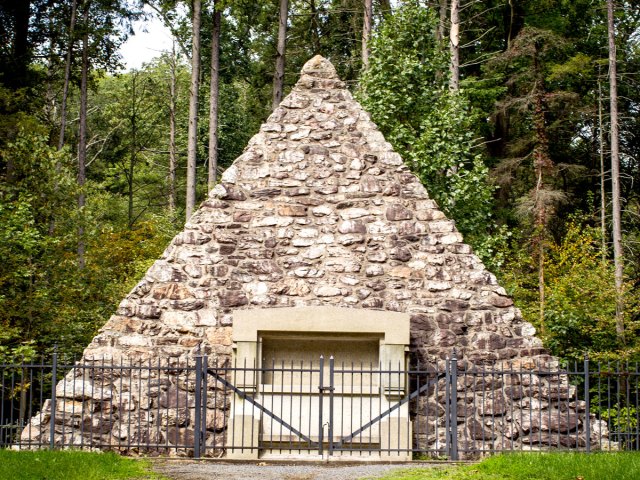
When James Buchanan was born in 1791, Cove Gap was considered the unofficial gateway to the West. Located on the border of the Allegheny Mountains, the town was the final mercantile stop for westward settlers venturing into the unfamiliar Pennsylvania frontier. At the time, Buchanan’s father ran the town’s trading post, which was also home to cabins, a store, an orchard, and stables.
Today, it is the Buchanan Birthplace State Park, which covers 18.5 acres of forested mountains and the Buck Run, a river popular with trout anglers. The park’s 31-foot-tall pyramid marks the spot where Buchanan’s childhood cabin stood, the very same location where the 15th President came into this world.
Theodore Roosevelt Birthplace National Historic Site – New York, New York

Located in the Flatiron District of Manhattan, Theodore Roosevelt’s birthplace was where the future 26th U.S. President spent most of his childhood days. Born in 1858, young Teddy suffered from nearsightedness, asthma, and frequent illness, which caused him to stay indoors for the first decade of his life. It wasn’t until the age of 12, two years before his family departed the New York brownstone, that his health turned for the better.
The building that now stands at 28 E. 20th St is a replica of the 26th President’s boyhood home, built by the Women’s Roosevelt Memorial Association a few years after the President’s death in 1919. An adjacent museum was added, along with period furnishings that reflected the home as it was during Roosevelt’s youth. The National Historic Site is open for guided tours for the public to learn more about the President’s childhood, life, and career.
John Fitzgerald Kennedy National Historic Site – Brookline, Massachusetts
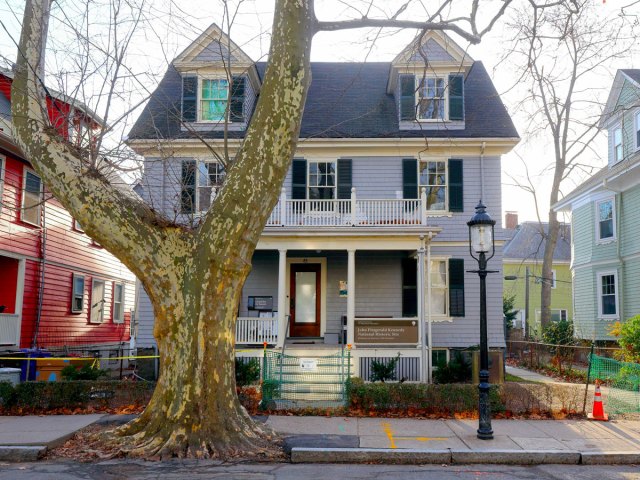
This two-story home at 83 Beals Street in the Boston suburb of Brookline was the birthplace of John F. Kennedy in 1917. JFK’s parents chose the home due to its favorable location, with proximity to a Catholic school, a neighborhood playground, and nearby retail stores at Coolidge Corner. At the time, they had no idea that the 35th U.S. President would be born in the home’s primary bedroom.
JFK had a brief tenure at 83 Beals, as the Kennedys moved out in 1920 in favor of a larger home in the same neighborhood. But fortunately, the house has since turned into a National Historic Site (although it is temporarily closed for renovations as of late 2023). Virtual tours of both the house and JFK’s boyhood neighborhood are available online.
Lyndon B. Johnson National Historical Park – Stonewall, Texas
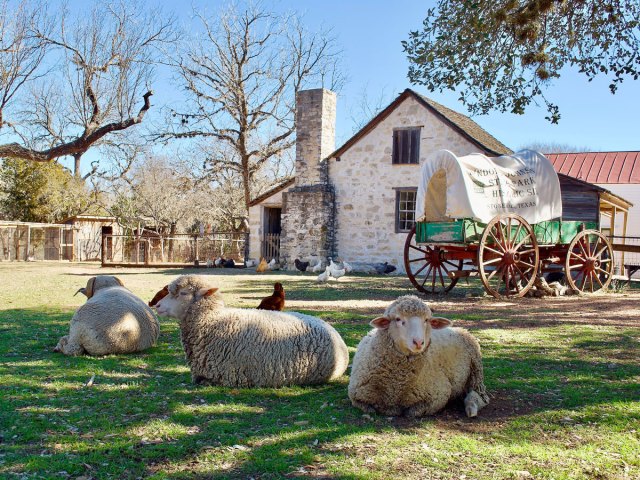
This central Texas park is much more than the birthplace of Lyndon B. Johnson, the nation’s 36th President. Divided into two separate sections, the Lyndon B. Johnson National Historical Park covers the entirety of the President’s life, from birth to death.
The Johnson City District is dedicated to LBJ’s earlier years, including his birth in 1908, his boyhood home, and his grandparents’ log settlement. The LBJ Ranch District encompasses Johnson’s adult life and is the site of the “Texas White House,” LBJ’s private retreat during the height of his career. Visitors are permitted to tour the ranch and visit the Johnson family cemetery, where the President is buried a mere 14 miles from where he was born.
More from our network
Daily Passport is part of Inbox Studio, which publishes content that uplifts, informs, and inspires.






